-
Posts
3,621 -
Joined
-
Last visited
-
Days Won
9
Content Type
Profiles
Forums
Blogs
Gallery
Events
Store
Posts posted by hucks216
-
-
I've finally found one - currently listed for sale (475 Euros) is the Soldbuch of Generalleutnant Richard Freiherr von Süßkind who commanded 2. Garde-Reserve-Division at the Battle of the Marne.
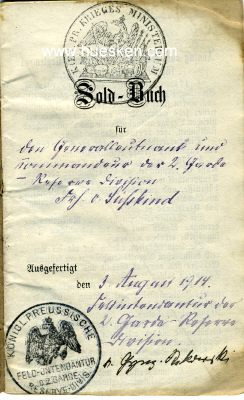 0
0 -
Korvettenkapitän Heinrich Wassmuth
Born: 08 Apr 1903
12. Unterseebootsjagdflottille
Sützpunktkomp.d.F.d.V. West
4. Sperrbrecherflottille
3. Sperrbrecherflottille
Kdr HS-FL. Kertsch bzw. Mariupol
Kdr 3. Artillerieträgerflottille
1. Sicherungsflottille
Kdr 4. Artillerieträgerflottille
Kdr 13. Landungsflottille0 -
Hauptmann Heinrich Stöhr
Kdr II/Art.Abt 299
Kdr I/Art.Abt 299DKiG: 20 Sep 1944
.jpg.13f1d05a6c221f44f2aeb7b27daa2071.jpg) 0
0 -
Major Friedrich-Wilhelm Siehl
Born: 17 Oct 1896
Died: 19 Dec 1974
Highest rank reached: Oberst
Kdr I/Art.Rgt 48
Kdr IV/Art.Rgt 120
Kdr Art.Rgt 225
Kdr Art.Rgt 96DKiG: 14 Feb 1942
Ehrenblattspange: 18 Apr 1943
.jpg.5a5f1885986635947fd4ea259c283e42.jpg) 0
0 -
Oberleutnant Dietrich Marwitz
Died: 28 Oct 1940
Highest rank reached: Hauptmann (Posthumous)
III/KG-153
8./KG-4
Staffelkapitän 8./KG-30
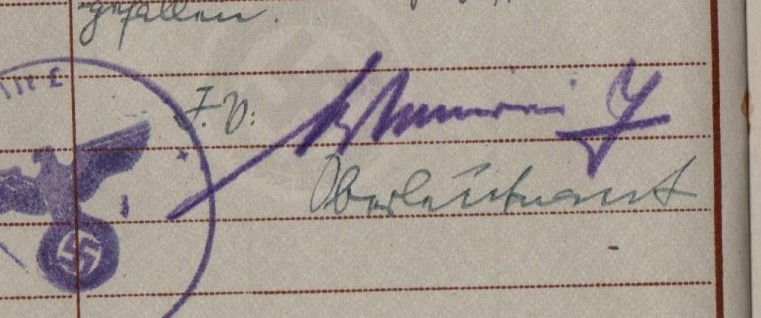 0
0 -
-
With regards to my last post I think I have got it - Helmut Raithel.
0 -
Would anyone be able to identify this pre-war Gebirgsjäger-Rgt 100 related signature please?
I can't seem to match up the signature to any name in the 1937 & 1938 Stellenbesetzung - I did originally think it could be Reicheneder but then talked myself out of it and began to think the first letter could be a K.
Holding the rank of Hauptmann in 1937 could mean he was a senior officer at some point in WW-2 if he made it that far.
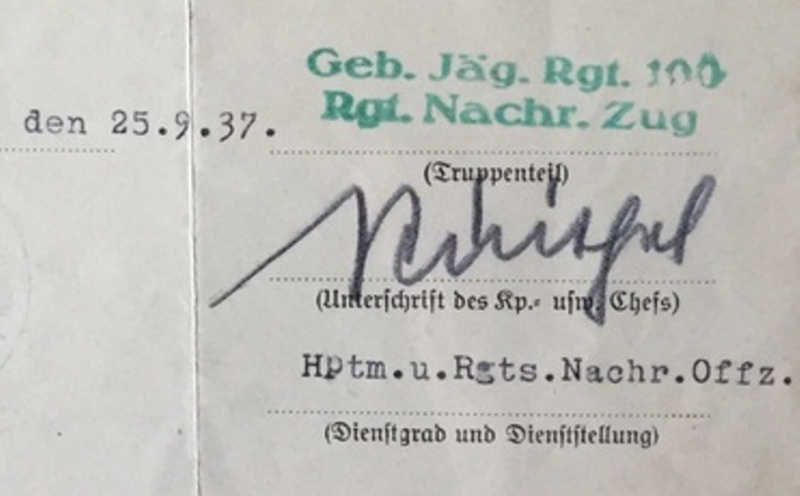 0
0 -
Stabsarzt Wilhelm Zeiß
Born: 03 Apr 1901
Highest rank reached: Oberstabsarzt
Sanitäts-Staffel Hersfeld (Sanitätsabteilung 29)
Sanitäta-Staffel Jena (Sanitätsabteilung 47)
Stab/Pz.Pi.Btl 49
Stab/Divs.Nachschub-Führer 90
Chef 1./Sanitäts-Kp 84
IVb 4.Pz.Division
Heeres-Sanitäts-Staffel Karlsbad
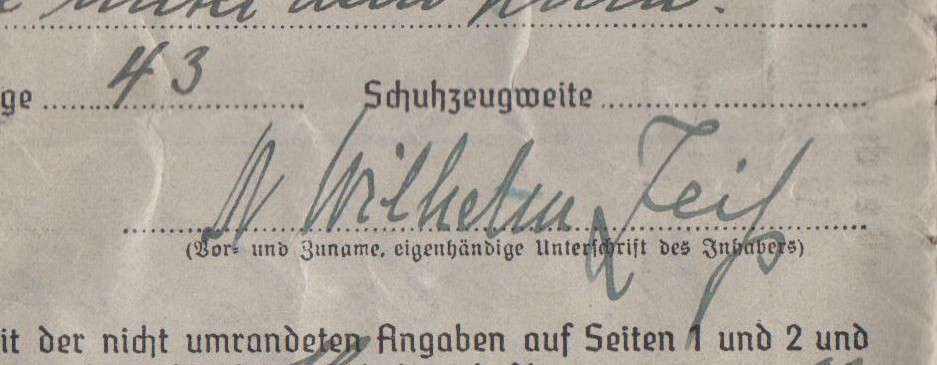 0
0 -
-
Oberstleutnant Otto Höhne
Born: 30 Apr 1895
Died: 29 Nov 1969Highest rank reached: Generalmajor
Kdr III/Kg-254
Kdt. Fl.H. Fritzlar
Kdr I/KG-254
Kdr I/KG-54
Kdr KG-54
Kdr Luftkriegschule 4
Kdt. Fl.H.Kdtr A(o) 12/VIIRK: 05 Sep 1940
.jpg.de395bf276f51e62eb1a9ce93007301b.jpg) 0
0 -
-
Major der Polizei Fritz-Karl Wirths
Born: 22 Mar 1895Highest rank reached: Oberstleutnant
Kommandeur Pol.Btl 171
Kommandeur der Schutzpolizei Kiel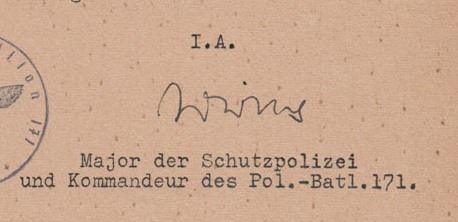 0
0 -
Hauptmann der Polizei Ernst-August Falk
Born: 19 May 1917
Executed 30 Jan 1946 (Soviet PoW October 1944)Also held the rank of SS-Hauptsturmführer.
Zugführer 4./Pol.Btl 112
Zugführer 3./Pol.Btl 111
Chef 1./Pol.Btl 111
Leiter eines Hilfspolizeilehrgangs für Volksdeutsche
Chef 8./SS-Pol.Rgt 26
Kdr II/SS-Pol.Rgt 260 -
Kapitänleutnant Hans-Walter Buch
Born: 11 Jan 1912Highest rank reached: Kapitän zur See (Bundeswehr)
II Wachoffizier Z-11 'Bernd von Arnim'
Marine-Bataillon 'Arnim' (Narvik)
I Wachoffizier Z-29
Kdr Torpedoboote 'Falke'
Kdr Torpedoboote T-30
Kdr Torpedoboote T-35
Führer der Torpedobootsgruppe 'Finnenbusen'Post-War:
Kdr 'Z-4'
Kdr des 3. Zerstörergeschwaders (m.W.d.G.b., zugleich Kdr 'Z-4')
Kdr des Kommandos der Troßschiffe/4. Fregattengeschwader/Einsatzflottille 2
Chef des 'DDG Project Management'DKiG: 08 Aug 1944
0 -
-
When was he shot down?
0 -
50 minutes ago, Jock Auld said:
Looks like you had some quality time Kev!
It was indeed a good 4 day break.
0 -
8 minutes ago, Egorka said:
The round stone is not part of the monument (at least according to the description). It existed at least from 2003 (checked historical Google Earth maps). It is not maked as a monument on the online resource I managed to find... Maybe it is just recreational object?
Thank you for the link.
That is the thing with the round marker, there just isn't anything to say what it is or what it isn't. It could well be just a piece of modern art to liven up an otherwise ordinary underpass but being so close to the spot where the attack took place could be intentional.
0 -
I quite enjoyed the film to be honest. I thought they did well to make Heydrich a marginal figure and concentrate on the agents and plan instead.
It is just a shame that Gabcik & Kubis are buried in unmarked graves. Not a fitting resting place if you ask me.
0 -
Based on the FpNr and what is on the grave marker he was serving with a shore unit when he was killed, 31.Schiffcstammabteilung, which is also confirmed by the signature of Georg Schneider who commanded that unit for the duration of its existence. That unit was based in the Baltic States.
He isn't listed in the Volksbund so it is possible that his body was eventually sent home for a family burial.
0 -
Inside the cathedral you can see the restored balcony area where some of the SOE agents defended themselves against the Germans as they entered through the doorway. Unfortunately access to the actual balcony wasn't possible as the stairs were behind a locked gate.
.jpg.557d4cf7254f0ef764f67dcba4fdde00.jpg)
Inside the vault is a small museum which has some interesting items including some fixtures and fittings that were in the cathedral at the time of the attack and also the paybook of one of the Czech agents, Josef Gubcik.
You then proceed through a doorway and in to the crypt itself which is very well presented. In the first photo you can see close up the part of the wall where they tried to knock their way through in an attempt to escape and I was surprised at just how much they had achieved with the basic tools they had. The second photo shows the opening which forms the memorial on the outside and where the water was pumped in from.
The first photo here shows the opening in the roof of the crypt through which the agents first descended in to the crypt from the cathedral above with the help of a ladder. It is also where the Germans dropped smoke bombs through and where the Czech SOE agent turned traitor Karel Curda shouted out for the agents below to give themselves up.
The second image shows the steps which were originally covered by a large tombstone but down which the German's eventually entered the crypt, while the last image shows that tombstone with the damage caused by the Germans when they removed it.
Finally, also within the crypt are busts of the heroes who were killed in the cathedral and crypt.
.jpg.71e0e664d5453de0466c667aa77e4fb1.jpg)
.jpg.171768ad8e002572c5756652ed0dfebf.jpg)
.jpg.b746471374c5972a2664b08b31fc32d2.jpg)
.jpg.8707dae604b25a833477282d701f4b25.jpg)
.jpg.e30f08cf197ae2ebfc4d4edfbee646dd.jpg) 0
0 -
Last week I took a 4 day break to visit some places in Germany & also Prague which is where I flew in to and out of. On the last day I went for a walk around that beautiful city to take in some of the WW-2 related sites such as those relating to Reinhard Heydrich and Operation Anthropoid. The first image is taken from Google Earth to show the lay out of the city in relation to some of the spots I visited. Unfortunately I didn't find out the location of the Gestapo HQ until after I got home and frustratingly at one point I was less than 200m from it when I took a coffee break! (As I missed it, it isn't shown on the image here and likewise for the 'Adolf Hitler' SS Kaserne which was across the river and just too far for me to get to in the time I had.)
The first place I visited was one that I had wanted to see for some time. I have been to Prague 3 times now but previously I never had time to explore so I wasted no time to go to the site of the attack on Reinhard Heydrich by the SOE trained Czech agents. The corner has been modernized since the war so the actual turn in the road where his car was blown up no longer exists and was between the current corner and the memorial statue.
These images show the memorial statue for the men involved in the planning and attack. What was interesting was something within the underpass next to the memorial. It serves no purpose that I could see and there are no plaques to tell what it is for but I have a theory that it is a memorial marker for the actual spot of the attack, either where the car was when attacked or where the bomb was thrown from. My thoughts were based on the location being halfway from the current corner and the memorial statue, the remains of what looks like the original road surface as seen in the photos of Heydrich's car and also the ripples on the top possibly symbolising the shock waves of a bomb blast. The underpass isn't well looked after with graffiti, a broken pushchair left on a walkway and broken bottles around the marker which is a shame if it is what I think it is.
.jpg.17244d52920db53571f5745783bda1e7.jpg)
.jpg.fde677f2206378ffb0481f8d76cbec0e.jpg)
.jpg.9e18ad2f3632d4a3df9c5833cdc4d632.jpg)
This Google Earth shot shows the area of the attack and the possible memorial marker can just be made out in the underpass to the left of the statue.
After the attack, one of the agents ran off down the hill to the left where the butchers shop was located while Heydrich was rushed to the Bulovka Hospital. The first image is another Google Earth image showing the overall area while the photo shows the actual hospital that Heydrich was taken to, and it is still a hospital today.
Moving on, this Google Earth image shows the main area of Prague with the relevant locations The photo shows the Rudolfinum Concert Hall and it was here that on the night before he was attacked, Heydrich attended a performance of his late father's opera, Amen.
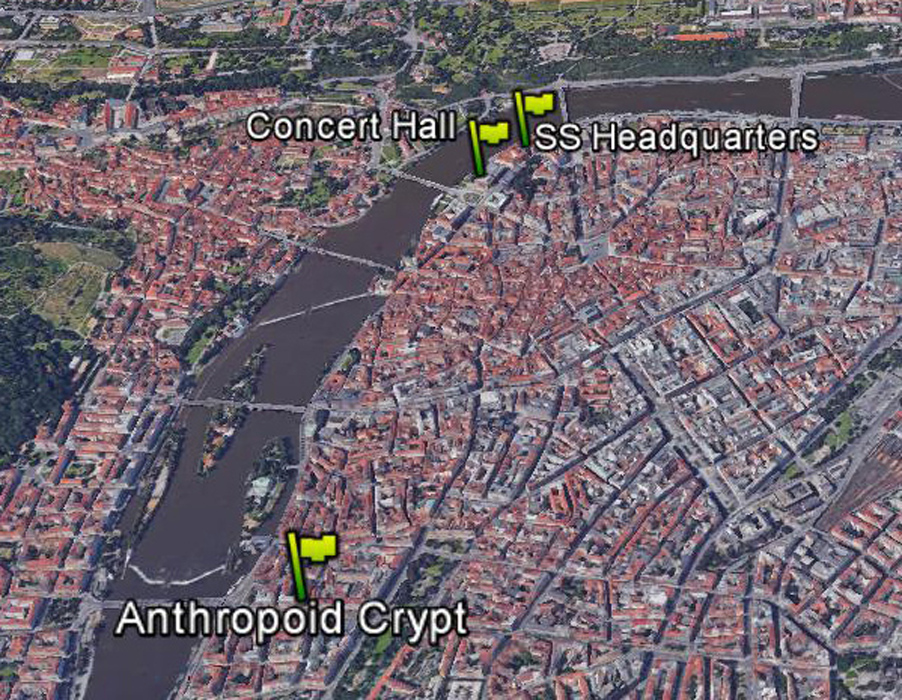
.jpg.371d860e37fe07e5943488187e2719d1.jpg)
These photos show a large building that is just behind the concert hall and while it is now a university, during the German occupation it was the Headquarters for the SS.
.jpg.4c32e8e6134387214345d1982f5cb8eb.jpg)
.jpg.6f03a1590d58d8b3dcdffc978b851fb8.jpg)
.jpg.5b0c11e6cc950276a15850ce48ee4fc9.jpg)
The agents eventually sought to hide out in St Cyril and Methodius Cathedral until they could escape from the city. For anyone who has seen the films or knows the story, this is where they were located by the Germans and where the heroes met their end, in the crypt of the cathedral, but not before engaging the Germans sent in to capture them. In the first photo the entrance to the vault and crypt can be seen next to the white minivan. The outside of the crypt is now a memorial and the bullet marks are there for all to see.
.jpg.f85f0281e2337f9316048e671deefc68.jpg)
.jpg.8e11054370bc02e25dfbb6099232772c.jpg) 0
0 -
Here is an interesting (to me at least) Wehrpass to an eventual Hauptmann who served in KG-254 & KG-54 and rose to the position of Staffelkapitän and then Gruppenkommandeur before going missing in Russia in 1941.
The campaign listings give a breakdown of his missions by number and it shows that he flew 4 missions during the invasion of Poland in 1939 and was awarded the EK II, and was also wounded in November 1939 for which he got the Black Wound Badge. At this time KG-54 were flying He-III bombers. He flew this type of bomber in the invasion of France in 1940 during which he flew 12 missions as Staffelkapitän of 3./KG-54 and on one of them his aircraft was attacked by RAF Hurricane fighters near Arras in the afternoon of 19th May. The aircraft was damaged and two men were wounded with Flieger Ogait dying in hospital the next day. For his service in France he received the EK I.
During the Battle of Britain and The Blitz that followed he continued to fly as Staffelkapitän but in August & September 1940 during the height of the Battle of Britain he was temporarily appointed as Gruppenkommandeur of II/KG-54 and during this phase of the war he flew 25 missions over the UK.
In December 1940 he went back to the position of Staffelkapitän, this time of 10./KG-54, before being officially appointed as a Gruppenkommandeur of IV/KG-54. Although this was the training unit of KG-54 that helped aircrews to bed in and learn the tactics of the bomber wing (a sort of Operational Training Unit) he did still see action in the invasion of Russia in 1941 by flying on a number of occasions with I & II/KG-54, which by now were flying Ju-88's.
On 10th October 1941 the Gruppenkommandeur of I/KG-54, Hauptmann Freimann, was taken prisoner after his aircraft was brought down and Widmann found himself assigned as his replacement. However his time as Gruppenkommandeur only lasted 2 weeks as on the 25th October 1941, while attacking railway lines near Bylegorod, his aircraft disappeared without trace. The reason for the loss of Ju-88 B3+CB (WkNr 8665) was reported as unknown and the crew of Widmann, Lt Müngersdorff, Fw Bäcker & OFw Michaelis have been Missing in Action ever since.
The last signature on page 29 is that of future KG-54 Geschwaderkommodore and RKT, Otto Höhne.
0



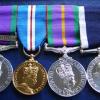
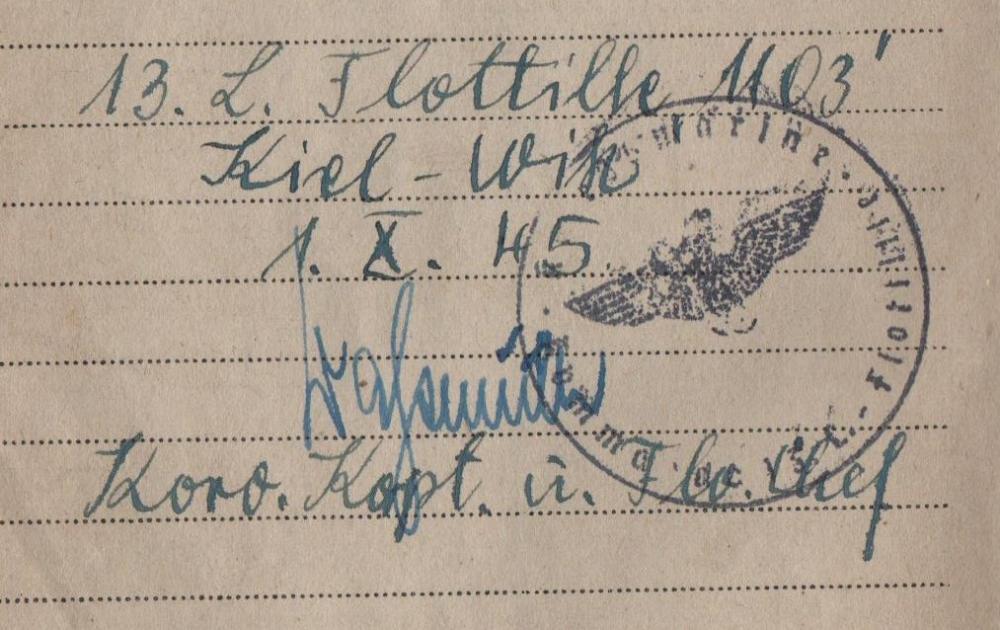

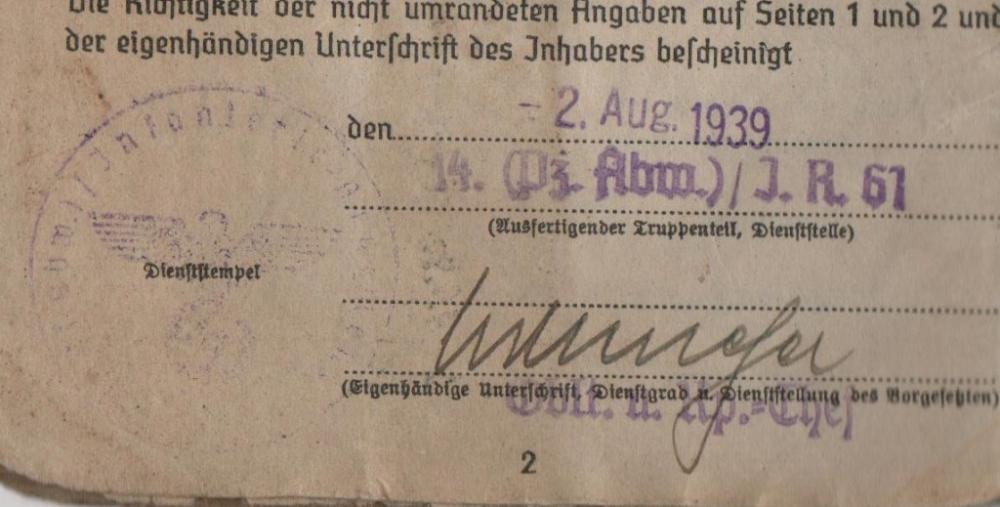
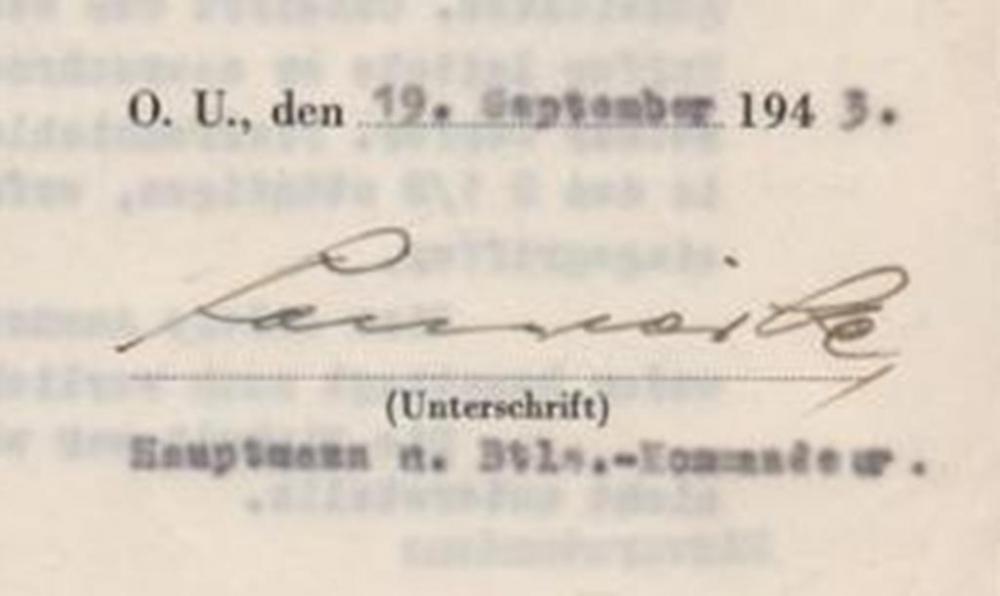
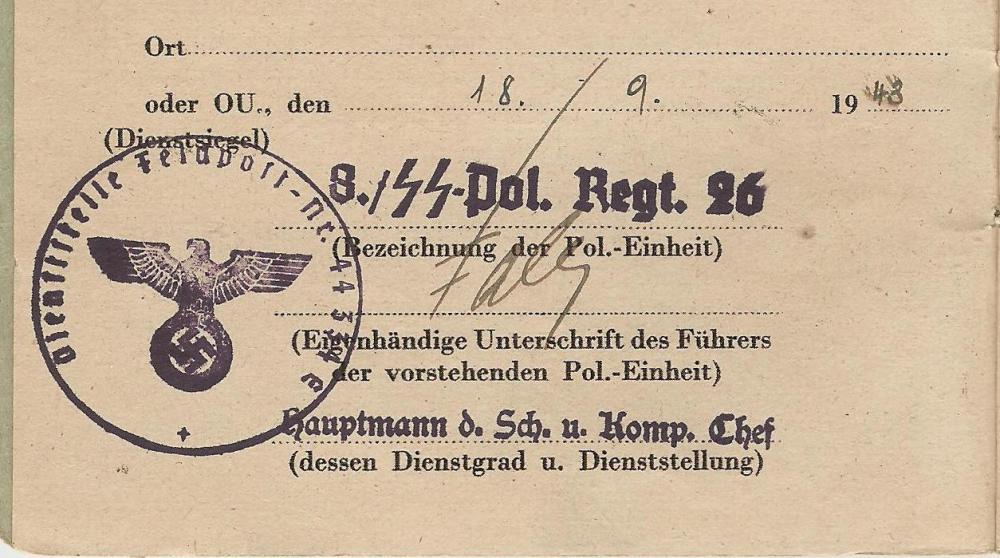
.thumb.jpg.732dc1b522e90106bab2cc5d31b8bd21.jpg)
.thumb.jpg.1fed20da3d0ee0637045674b2ebd1846.jpg)
.thumb.jpg.44050d1f2aaeca385d8b83a06094e991.jpg)
.thumb.jpg.28c47e566aa78ba7ec1e647e5f50afa9.jpg)
.thumb.jpg.4f7c0109a88642f3fd6f863de60664ef.jpg)
.jpg.8eca947d82ed4e6d961d200c90fd0244.jpg)
.jpg.e09cd2ad3a2ed517f20047219fefac72.jpg)
.jpg.1d7cb510610ca3ffc38e6bd530f0eb42.jpg)
.thumb.jpg.8deda75b25497ef7af3ed97003f94335.jpg)
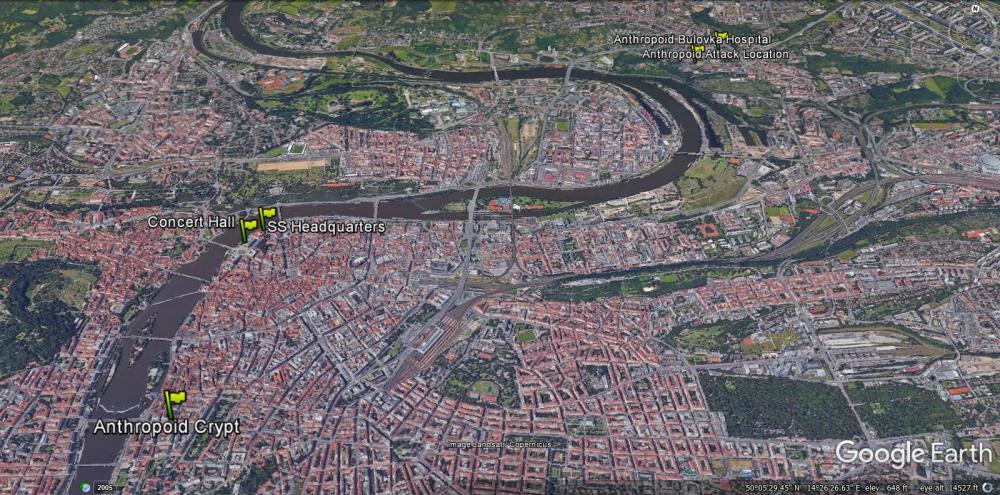
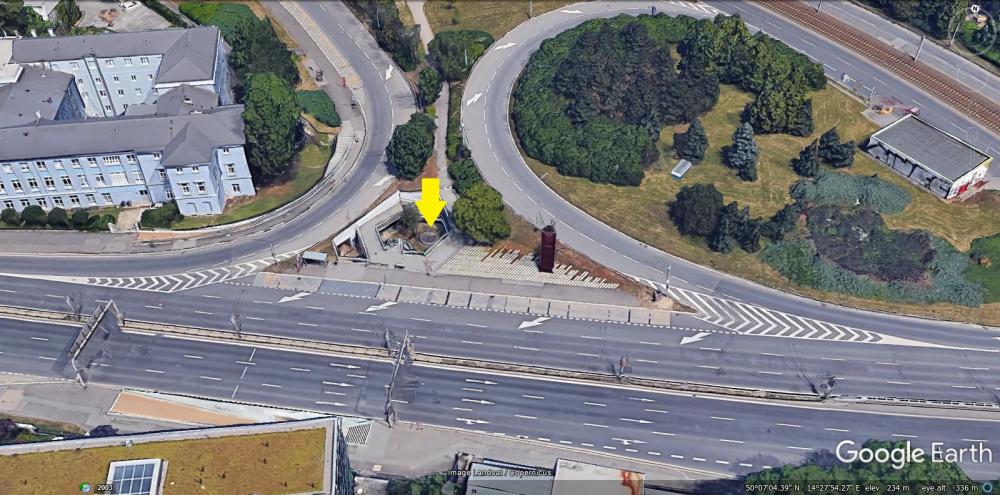
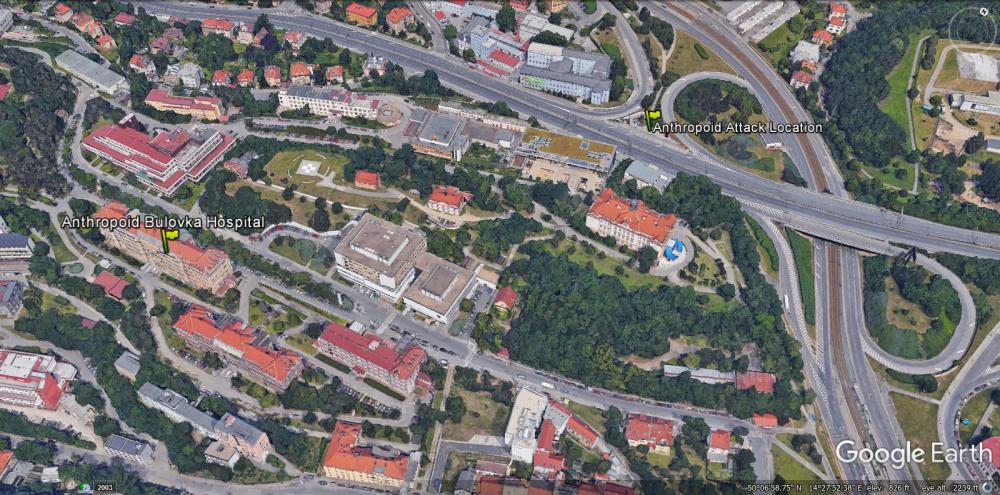
.jpg.4c08e02b4c3831e96a6f2a7b788168a2.jpg)
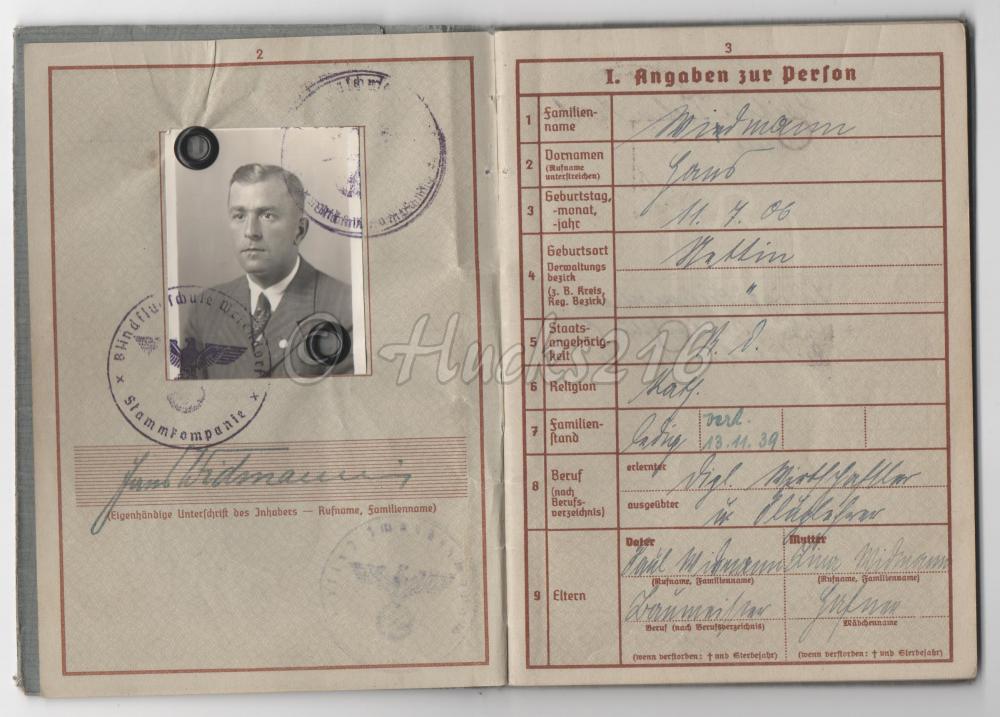

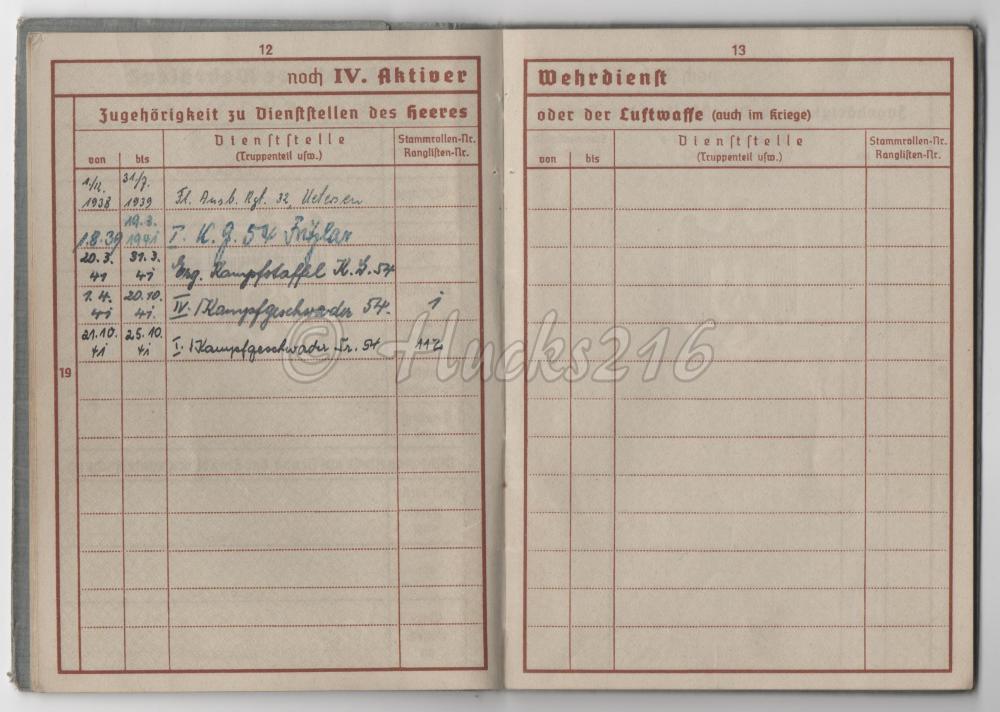
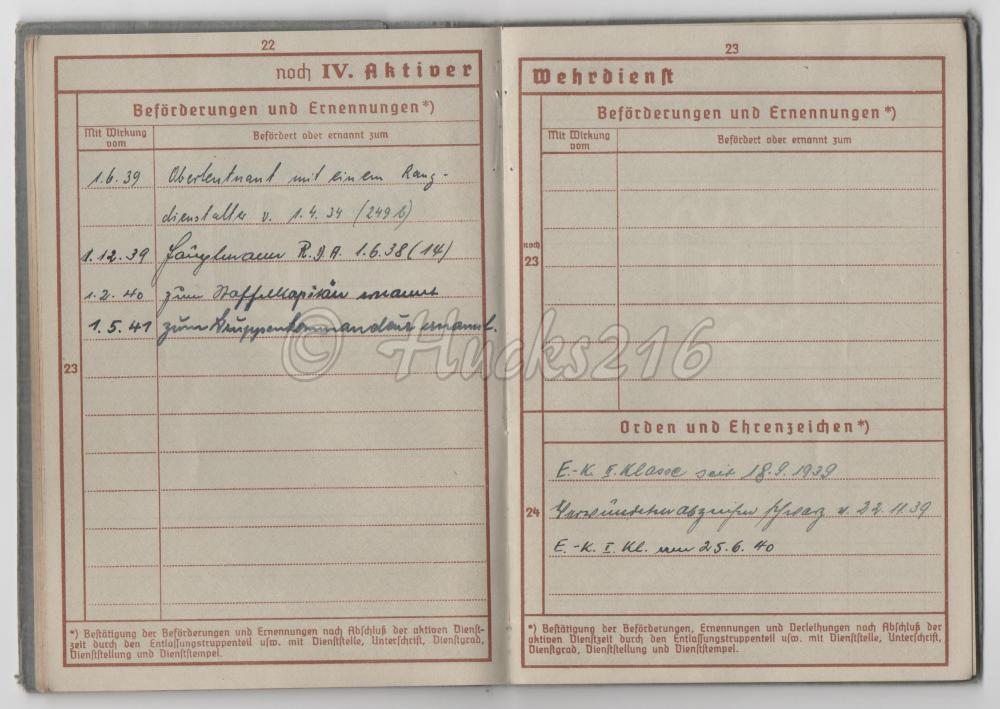
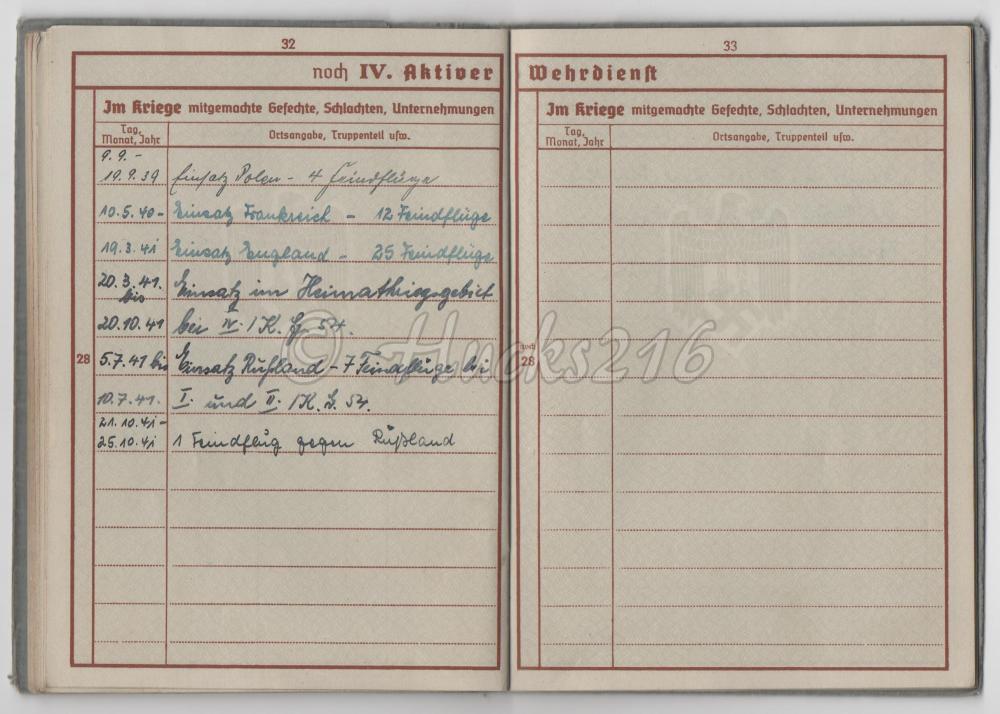
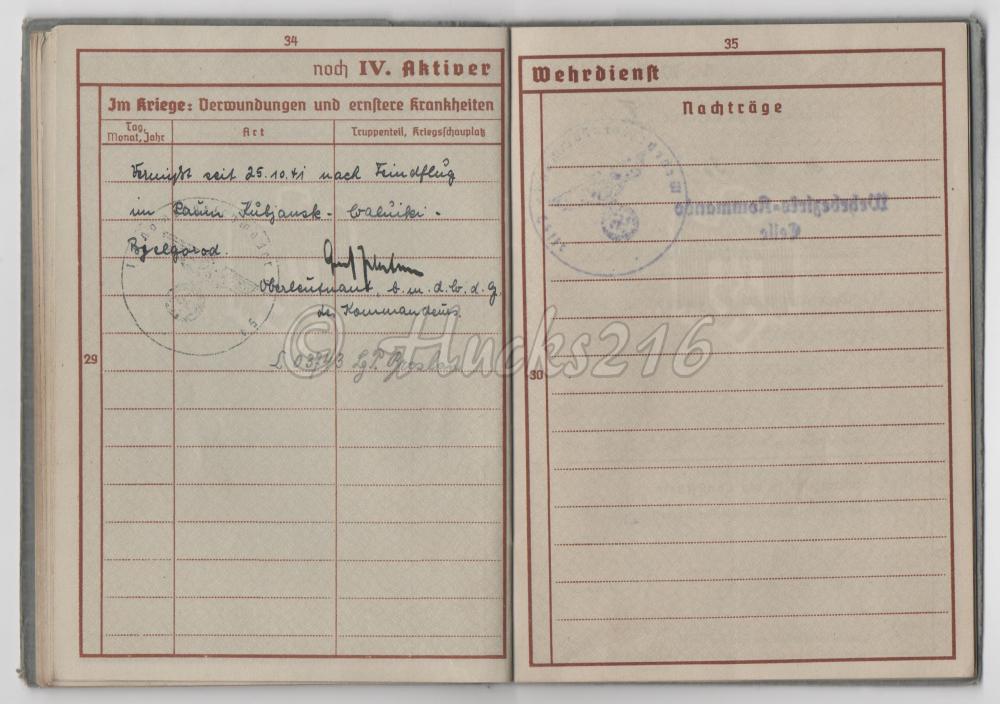
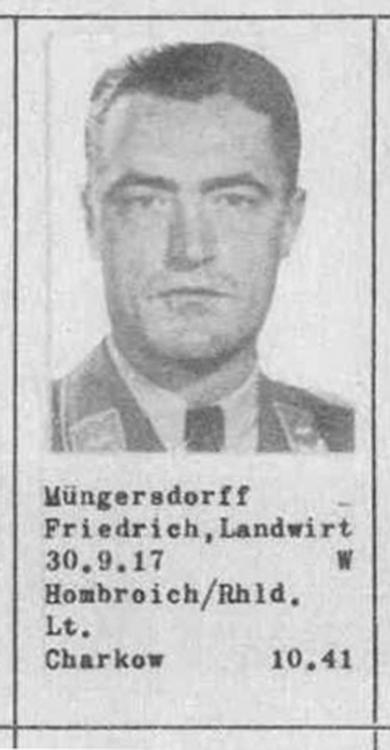
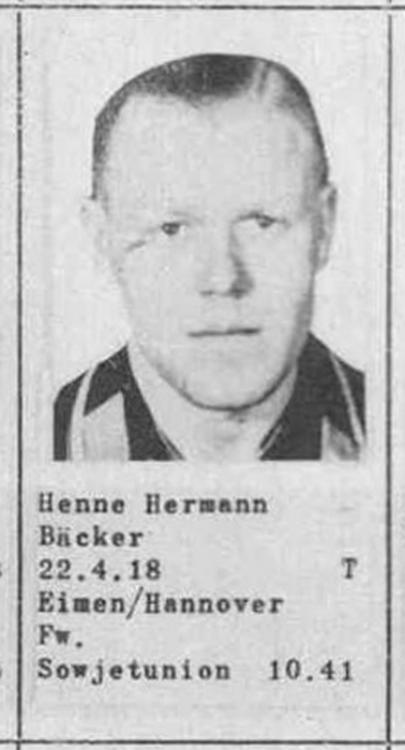
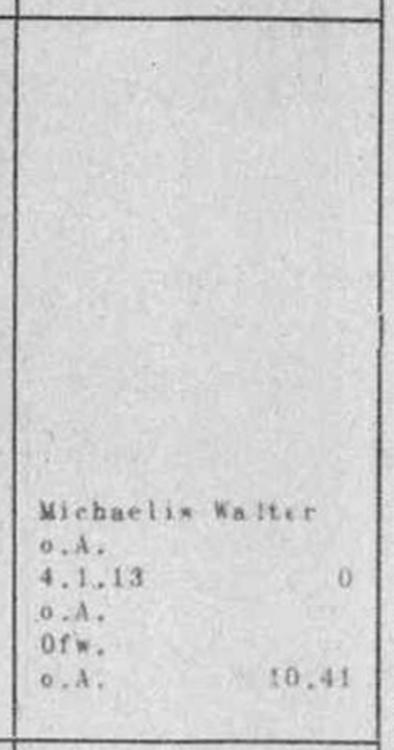
RN Admirals on Malta - help needed
in Great Britain: Research, Documentation & History
Posted · Edited by hucks216
Vice-Admiral Frederic W. Fisher was Admiral Superintendent of Malta Dockyard from 16th January 1907 to 26th February 1910 so would most probably be one of those mentioned although he held the rank of Rear Admiral until 1909.